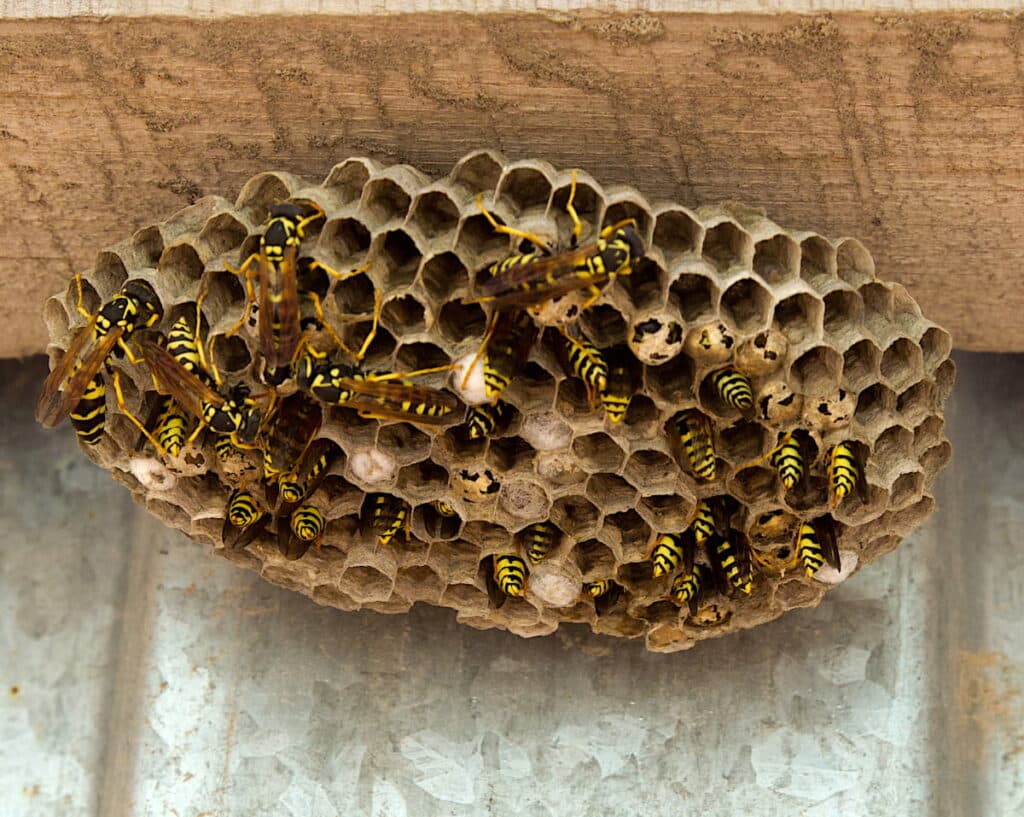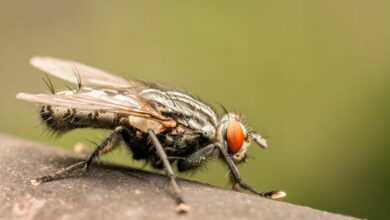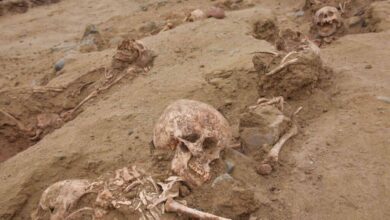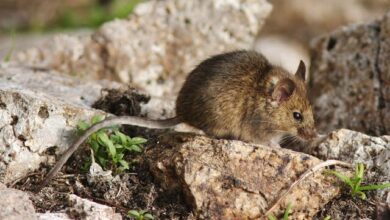
Both the maid and the queen scientists have figured out how paper wasps maintain a hierarchy inside the nest
(ORDO NEWS) — Paper wasps, like some other social insects, have workers and a queen whose only task is to bear offspring.
If the queen is removed from the nest, one of the remaining wasps will take the vacant place, but why, then, in the presence of the queen, the wasps do not “rebel” and do not try to take her place? The answer turned out to be surprisingly simple.
In the family of paper wasps , most individuals are workers: they do not lay eggs and perform any work in the nest from building combs to caring for growing larvae. The only female that brings offspring (most often it is also the founder of the colony) is the queen, or uterus.
The place of the queen is for life, but in the event of her death or disappearance from the nest, the life of the family does not stop: after some time, one of the worker wasps takes the royal “position” and resumes laying eggs. But why don’t the other wasps try to stage a “palace coup” in the presence of a dominant female?
To find out, scientists conducted experiments with families of paper wasps, from which the queen was artificially removed.
A variety of research methods were used, from more traditional video recording to detailed molecular profiling of the brain of insects, which made it possible to track changes in the composition of proteins and, accordingly, the activity of genes.
As a result, the researchers found that all wasps in the family are essentially queens: at the molecular level, they have all the data to become the main female in the nest. But in the presence of the queen, this does not happen due to social repression.
In other words, it is worth only one of the working wasps to try to “seize power”, as the rest of the wasps enter into a fight with her and by force call the presumptuous “servant” to order.
Curiously, insects seem to clearly distinguish when the source of disorder in the nest is inside and when it is outside, and behave differently. In the first case, the workers react individually, “on their own”, in the second, they unite and attack the enemy collectively, protecting the nest.
In the future, the results obtained on paper wasps can be applied to other complex biological systems or even in robotics when programming collective work.
—
Online:
Contact us: [email protected]
Our Standards, Terms of Use: Standard Terms And Conditions.









